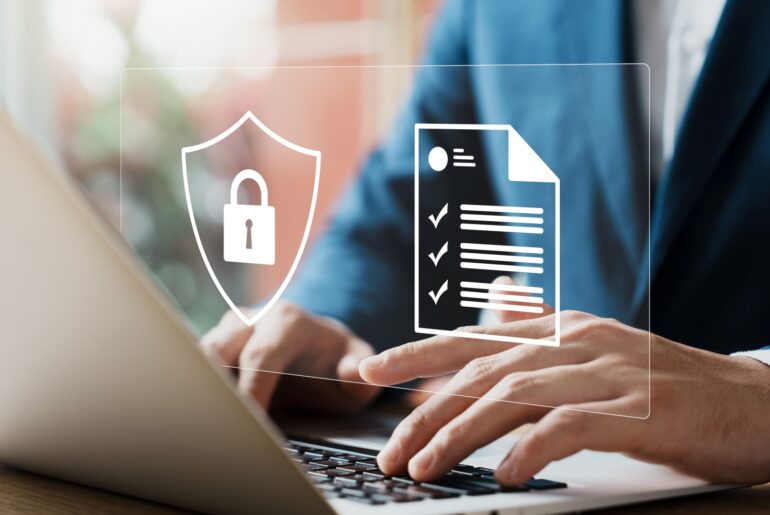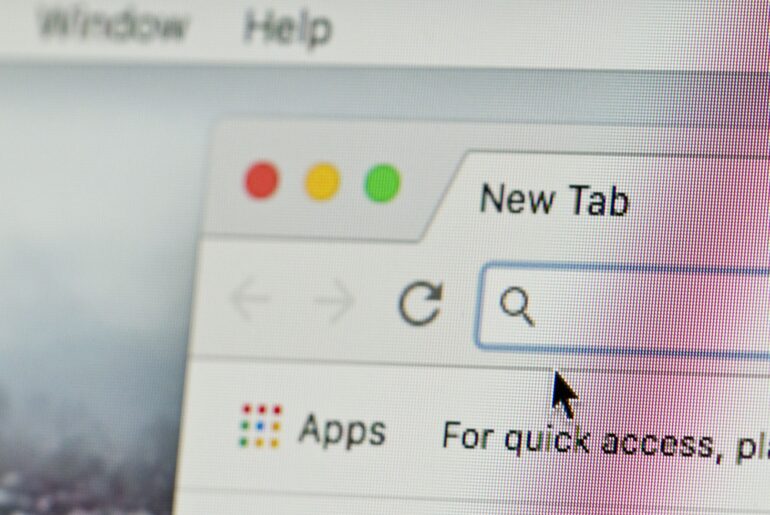Content warning: The following article discusses domestic violence, abuse, and similar themes.
Domestic abuse can appear in a variety of different ways, depending on how the perpetrator chooses to exert their power. In many cases, technology plays a large role in the way that an abuser controls the life of their victims. Online safety for domestic abuse survivors is an important aspect of ensuring their overall security. If your safety is at risk because of an abuser, be sure to read this article in Incognito Mode. Below, we will discuss some of the different ways that domestic abuse survivors can ensure their online safety.
Technology Tips for Domestic Abuse Survivors
No matter how frequently or infrequently you use it, technology is a huge aspect of our daily lives. Many of us use technology to shop online, manage financial information, work, or chat with friends and family. However, if you are in a domestic abuse situation, you may have a different experience with technology. In the past few decades, abusers have been leveraging modern tech to control their victims. This includes taking control of their finances, monitoring their emails, and dictating their online behavior.
If you live with your abuser, it can feel overwhelming to have someone controlling all of your information. They can track your online accounts and even dictate how you “act” or what you share on the Internet. They may even get upset at you for the actions of others on your social media profiles. For example, if someone that your abuser doesn’t want you talking to happens to “like” one of your posts, it can cause them to lash out.
One issue that survivors routinely face is not being able to trust their own tech or hardware. There are a variety of ways that abusers can install trackers on phones, computers, tablets, and even web browsers. Obtaining control over your own technology is an important part of escaping an abusive domestic relationship. The following tips were written to help survivors stay safe while they are in an abusive living situation. If you require additional assistance from a qualified source, The Hotline is a great resource that can help.
Safeguard Your Devices
The first step to ensuring online safety for domestic abuse survivors is protecting your devices. One of the biggest ways for an abuser to control their victims is through technology, starting with their phones. It’s important to ensure that you are safe when using devices like your phone or computer. Here are some signs that your device may have been bugged or tampered with:
- Pieces are loose or missing.
- Devices perform differently than before.
- Your device goes missing for a period of time.
- You are encouraged to leave your device at home.
- Emails or notifications tell you that your device has been accessed.
- Your abuser mentions people you’ve spoken to or things you’ve said privately to others.
Abusers have been known to install tracking software on the phones and computers of their victims. Keylogging programs are also popular methods of monitoring what victims type and search for, such as articles like this. This is one reason why another important step is to protect your data and private information.
Protect Your Data
Now that you know how to secure your device, it’s time to learn how you can protect your data. Unfortunately, this is easier said than done. Depending on the circumstance, data protection may be out of the question. Married couples have a harder time keeping their information separate, especially when it comes to finances. However, there are still ways that survivors can protect their personal data from their abusers, including:
- Create a new email address
- Block your abuser on social media
- Use Incognito Mode on your web browser
- Make your social media accounts private
- Reset the passwords on all your accounts and devices
- Set up two-factor authentication on all your accounts and devices
- Store your photos and files in cloud storage with a different email address
- Check your devices for newly downloaded software or applications
- Make scanned copies of your important documents
- Send copies of important documents to friends and family
- Routinely delete your cookies and browser history
- Restore your devices to factory settings
Ensuring that your data is safe is a necessary aspect of online safety. If your abuser can gain access to your private accounts, they can impersonate you, delete your account entirely, and more. In some cases, abusers can even take your social media posts and uses them against you. Another way to protect yourself from that is to limit the information you share over the Internet and in messages. Unless you are certain that your messages are secure, you should avoid sending sensitive personal information.
Secure Your Messages
The process of securing your messages can be complex, especially for survivors of domestic abuse. It’s important to identify which method works best for your unique circumstance. For example, there are many apps that you can use to send encrypted messages to other users. However, this would require you to download the application onto your phone. For some survivors, they aren’t able to do this, so they need additional options.
Apps that you can use to send encrypted messages include Signal, Telegram, and WhatsApp. However, applications such as Instagram and Snapchat also have vanishing chat features. Apps like Instagram and Snapchat may be a better option for those who already use them, to raise less suspicion. It’s also important that each account used to communicate, whether it’s email or social media, has two-factor authentication. This makes it more difficult for outsiders to gain access to those accounts and, by extension, your messages.
Preserve Your Finances
One of the most important steps in maintaining your online safety as a domestic abuse survivor is to gain control of your finances. In order to do this, the first step is to secure your bank account. Some survivors already have an account in their own name, which is a step in the right direction. If you don’t, you should open a personal bank account in your name as soon as possible.
You should also contact your bank to find out what a family member would need to do to take over your account. This can help you determine what your abuser would need to do to get access to your finances. It’s also possible for you to communicate with your bank and ask them to add a “high risk” flag. This flag introduces a defense between your bank information and the person trying to take over your account.
If your finances are currently being monitored, it’s best to avoid using online or phone banking. Visit the bank in person and ask them to suspend your online or over-the-phone banking for a period of time. Paying in cash will also make it more difficult for your abuser to monitor your purchases and where they took place.
Online Safety and Privacy
There is no surefire way to keep yourself completely safe online when it comes to domestic abuse situations. The best way to keep yourself safe on the Internet is to reduce the info that you share about yourself and to limit where you visit. Additionally, using a VPN with a private browser and anti-keylogger software can help protect your location, activity, and messages. There are many ways to protect yourself online, and it’s necessary to find a way to use technology to take back control of your privacy.
If you are in immediate danger, please contact your local authorities for help and alert them to your situation.
Protect Yourself Online with a Reliable VPN
Using a VPN to mask online activity can help domestic abuse survivors keep their Internet history secure. With a VPN, it’s easy to redirect your IP address to another location and hide your true whereabouts. In combination with a browsers’ Incognito Mode, a VPN can help survivors keep their online activity safe from prying eyes. If you need a powerful VPN on your personal devices to protect your information, PrivadoVPN can help.




